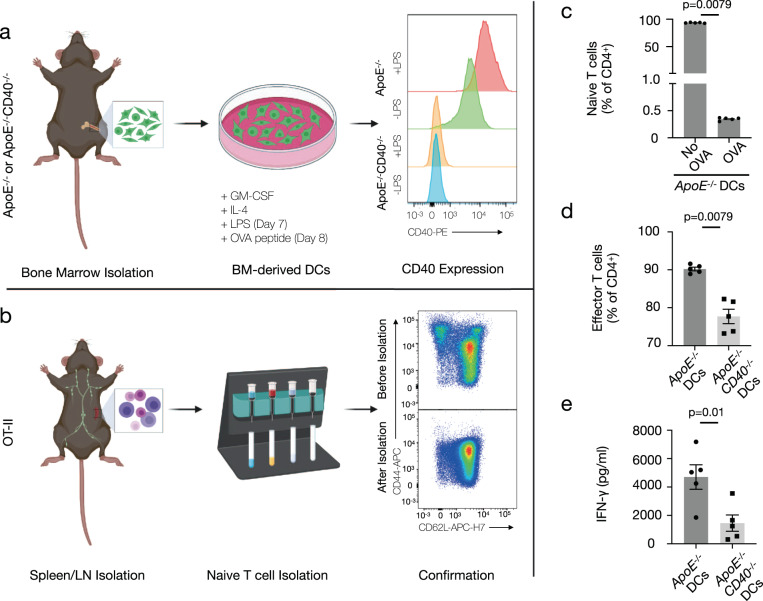Fig. 5. Disruption of the Dendritic Cell CD40-T cell CD40L axis results in lower interferon-γ production.
a, b Experimental setup for isolation and confirmation of (a) wild type and CD40-deficient dendritic cells (DCs) and (b) naive T cells for DC-T cell co-culture for in vitro disruption of the CD40-CD40L axis. Specifically, a bone marrow-derived DCs were generated from control ApoE−/− mice and ApoE−/− mice with a global deficiency of CD40 through polarization with Granulocyte-macrophage colony-stimulating factor (GM-CSF) and interleukin-4 (IL-4) and subsequent maturation with lipopolysaccharide (LPS). CD40 expression was measured by flow cytometry. b Naive T cells (CD62L+CD44−) were isolated from the lymph nodes (LN) and spleens of OT-II transgenic mice with a T cell receptor specific for ovalbumin (OVA) peptide 323–339. Mature DCs were stimulated with OVA peptide 323–339 and cultured with naive OT-II T cells for 72 h for antigen presentation and T cell stimulation. c Mature ApoE−/− DCs were stimulated with the OVA peptide or a vehicle control [n = 5] to confirm the specificity of the T cell receptor on the OT-II T cells. d Flow cytometric analysis of effector T cell (CD62L−CD44+) populations following DC-T cell co-culture [n = 5]. e Supernatant concentration of interferon-γ (IFN-γ) following DC-T cell co-culture [n = 5]. Data are represented as mean ± s.e.m and n refers to biologically independent animals. Data were analyzed by either a two-tailed unpaired Student’s t test (e) or two-tailed Mann–Whitney test (c, d). Source data are provided as a Source Data file.

